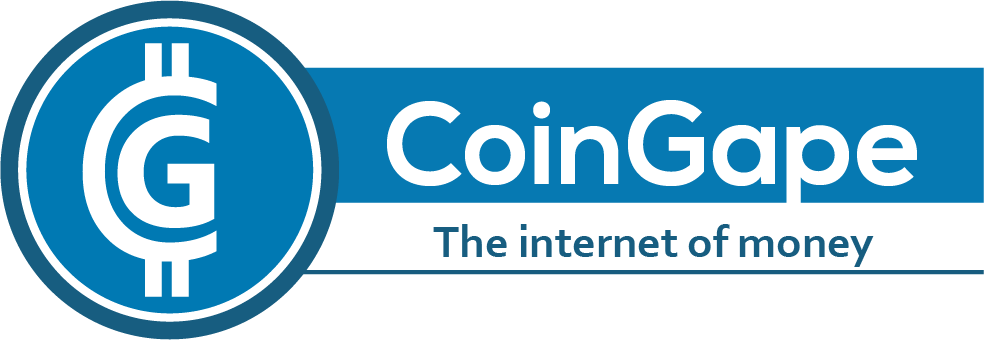
TRB vs LINK — Assessing Potential
Smart contract features on Ethereum gave way to plenty of decentralized applications, with different scopes and goals. Many of these dApps, especially in the DeFi ecosystem, require data from external sources. This can go from asset prices to sports outcomes. To stay true to blockchain ideals, this data should be gathered using a decentralized system. For example, blockchain oracles like Tellor and Chainlink work this way. They draw data and information from real-life sources to operate on decentralized blockchain systems. Get to know both and decide whether to swap TRB vs LINK here.
TRB vs LINK: Technology and Functionality
Tellor and Chainlink are two decentralized oracle platforms running on Ethereum and other smart contract blockchains, like Gnosis, Polygon, or Solana. Chainlink launched in 2017, amidst the first dApps boom, and Tellor entered the ecosystem two years later, in 2019. The latter was conceived mainly for DeFi protocols, and it draws the data from centralized exchanges. To achieve this, users, called reporters, must stake TRB tokens and report real-life data in exchange for rewards. To ensure the information is valid, the rest of the network can dispute the data. If it is proven by the community to be false, the reporter is penalized.
Chainlink works similarly. Stakers, called oracles, provide the requested information to the network, and the rest of the community votes on its validity. After the information is confirmed, both protocols reward their stakes with their native tokens: TRB and LINK, respectively. These tokens can both be purchased on the Godex exchange.
TRB vs LINK: Ecosystem and Adoption
Chainlink’s history, as one of the first decentralized oracles on Ethereum, gives the project a clear advantage. It counts thousands of partnerships and integrations in its ecosystem, with traditional companies like Associated Press, Google Cloud, Amazon Web Services, or the SWIFT network. Besides that, it is available on over 20 different blockchains, like Ethereum, Polygon, BNB Chain, Avalanche, or Solana. This allows for the integration of tons of different dApps and DeFi protocols in each chain.
Tellor is a newer protocol, so it has a smaller market presence. It is only available in 5 blockchains, like Ethereum, Polygon, and Optimism, and has been integrated in a little more than 10 dApps. This difference is noticeable in their market performance and usage. While TRB daily trading volume is around $50 million, LINK volume is five times that amount, with an average daily volume of over $290 million.
TRB vs LINK: Market Performance
Regarding market capitalization, LINK is clearly ahead of TRB. While the former is ranked #15 in market value aggregators, TRB is ranked #298. During the last 12 months, both have appreciated greatly. TRB’s price went up by 500%, while LINK only increased about 15%. In March 2024, the trend reversed. LINK has lost only 3% during this month, while TRB lost 15% of its value. Despite that, the price of both tokens started rising around October 2023, when the crypto market as a whole began to enter a new bullish trend.
Summary
As you can see, LINK seems like the best investment, if we take into account its history and market position. However, less valuable assets tend to display larger price swings, so they can yield higher gains in the short term. Despite Chainlink’s predominance, Tellor is still a very valuable project, and as adoption grows and more integrations are added, we can expect the price to go higher. Chainlink could keep growing, but it might as well have reached a plateau in its value, and there’s less growth to come comparatively. The decision, in the end, is yours. How much are you willing to risk? Would you rather bet on the established competitor or support riskier, but potentially more profitable, alternatives?
The post TRB vs LINK: Comparing Potential appeared first on CoinGape.

 3 months ago
34
3 months ago
34









 English (US) ·
English (US) ·